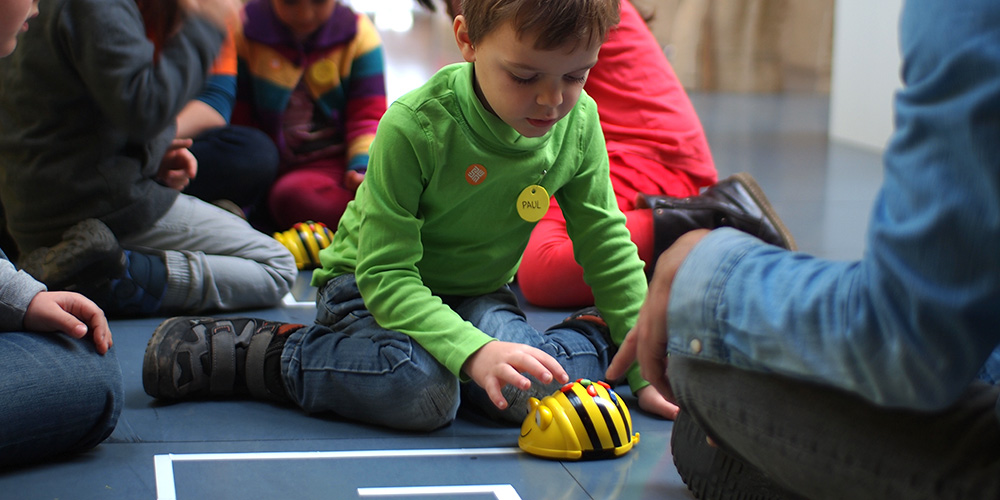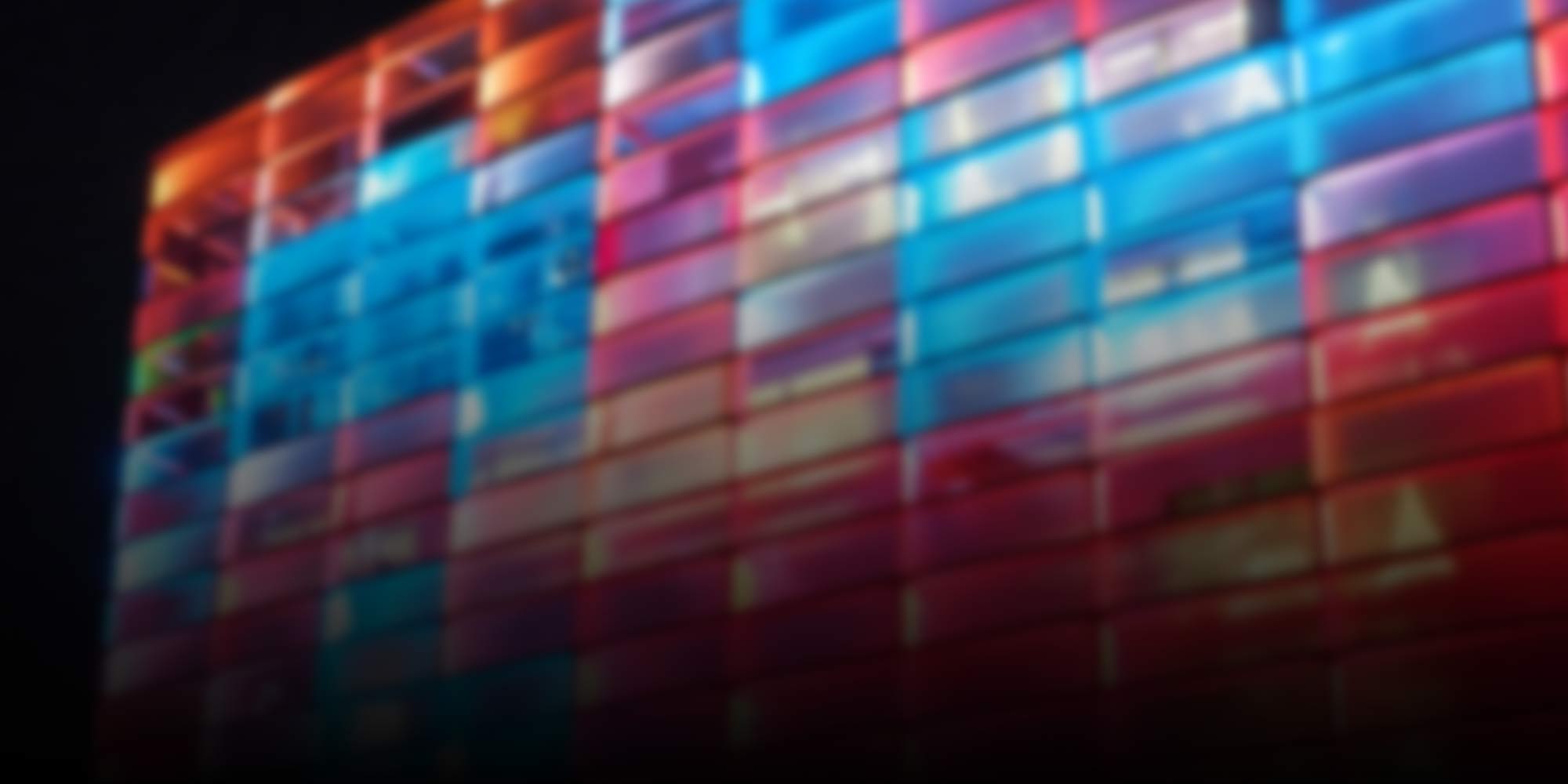
Story
-
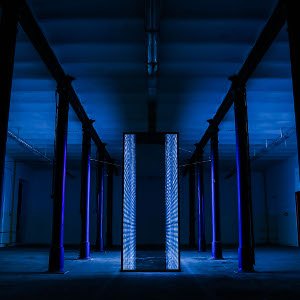
New Ideas for Art’s Encounter with Science
Lale Eric Dobrivoje from the Center for the Promotion of Science, Richard Kitta and Michal Murin of DIG Gallery discussed how science and art can benefit from one another and what those submitting a project to the Open Call of the art&science network ought to keep in mind.
-
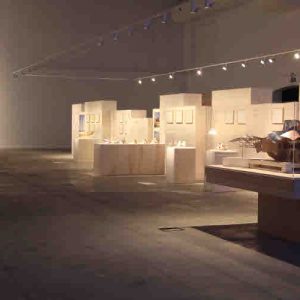
A creative journey for all of us
In this interview, Robert Devcic, director of GV Art, and Oscar Abril, artistic director of LABoral, speak about their expectations from the European Digital Art and Science Network.
-
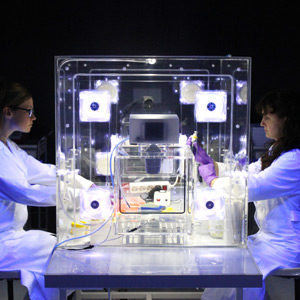
From Art to Science
The Kapelica Gallery and Zaragoza City of Knowledge Foundation are two partners of the art & science network. In the interview, they present their expectations.
-
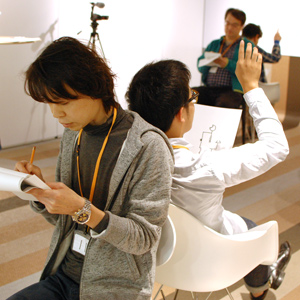
Ars Electronica in the Knowledge Capital
The Knowledge Capital in Osaka is getting ready to host its second Forum, a get-together design especially for those who’d like to get inspired by artistic points of view. Here, Ars Electronica’s Emiko and Hideaki Ogawa give us a briefing.
-
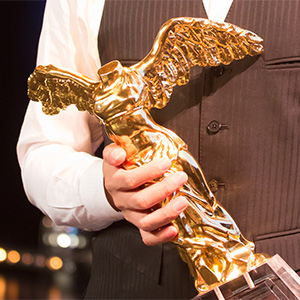
The juries of Prix Ars Electronica 2015
No fewer than 2,703 entries from 77 countries were submitted for prize consideration to the 2014 Prix Ars Electronica. This year’s competition will honor excellence in six categories. Here, Ars Electronica’s Emiko Ogawa gives us a brief overview of the composition of the juries.
-
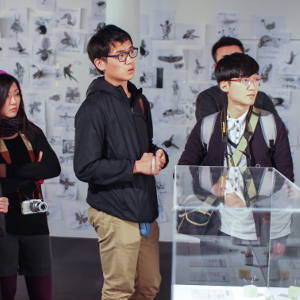
Futurelab Academy for Students at the Hong Kong Design Institute
A group of Hong Kong Design Institute undergraduates are currently in Linz to attend the Ars Electronica Futurelab Academy to help them develop ideas and implementation strategies for their final projects.
-
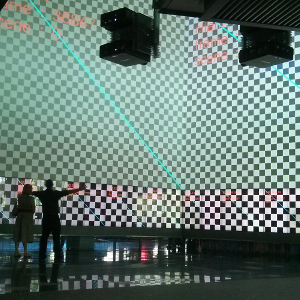
Giving an artistic framework to research visualizations
In December 2014 Zach Lieberman came back to the Queensland University of Technology (QUT) to work on his project at the Cube within the framework of the residency program TRANSMIT³.
-
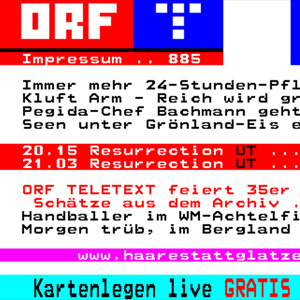
35 Years of ORF TELETEXT
It all began on January 21, 1980, when 64 screen pages filled the vertical blanking interval of the television signal with additional information. An interview with former ORF General Manager Gerhard Weis.
-
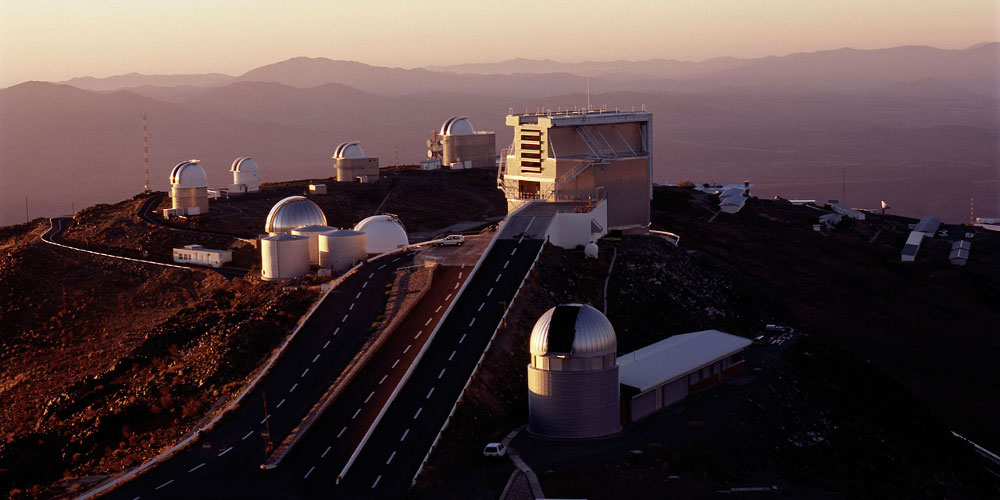
A Residency at the European Southern Observatory
Fernando Comerón, the ESO’s representative in Chile, talks in the interview about what winners of the open call of the „European Digital Art and Science Network“ can expect during their residency at the ESO.
-
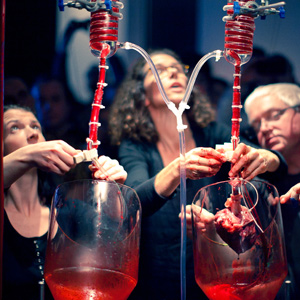
Science Gallery Dublin: Be passionate but also realistic
Diane McSweeney gives us a briefing on Science Gallery Dublin, an “art & science” partner institution, and discusses her expectations of the art-science encounter.
-
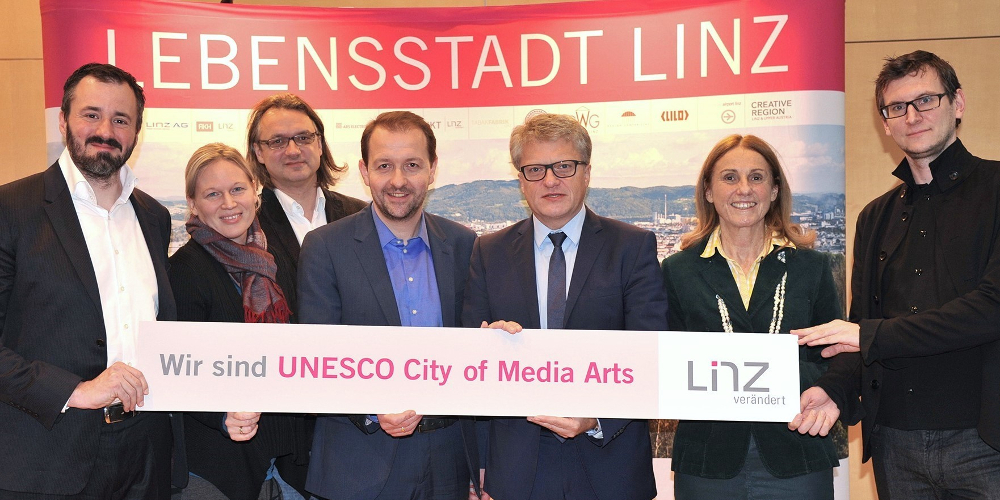
Linz, Pioneering City of Media Art
The UNESCO City of Media Arts title is essential to the city’s efforts to develop a higher-profile international image and get connected to a highly effective global network. We recently met with Linz’s director of cultural affairs, Julius Stieber, and talked about the significance of this honor.
-
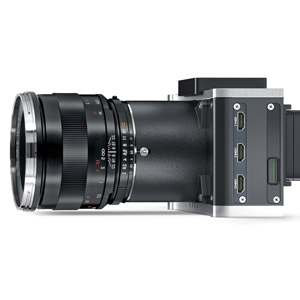
apertus°: An Open, Free Film Camera
An Award of Distinction from the 2012 Prix Ars Electronica was a stepping stone for the further development of the apertus° open-source film camera. Sebastian Pichelhofer relates how the project has progressed since then.
-
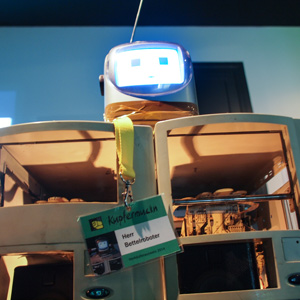
Technology Meets Poverty
Beggar Robot, a social experiment designed to call attention to the problem of poverty, raises money for the homeless by selling Kupfermuckn, a street paper.
-
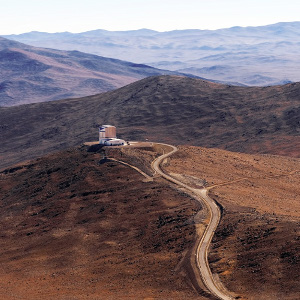
Art and Science
„European Digital Art and Science Network“ is the title of the just launched initiative by Ars Electronica, which aims to combine scientific topics with creative and innovative approaches to digital art.
-
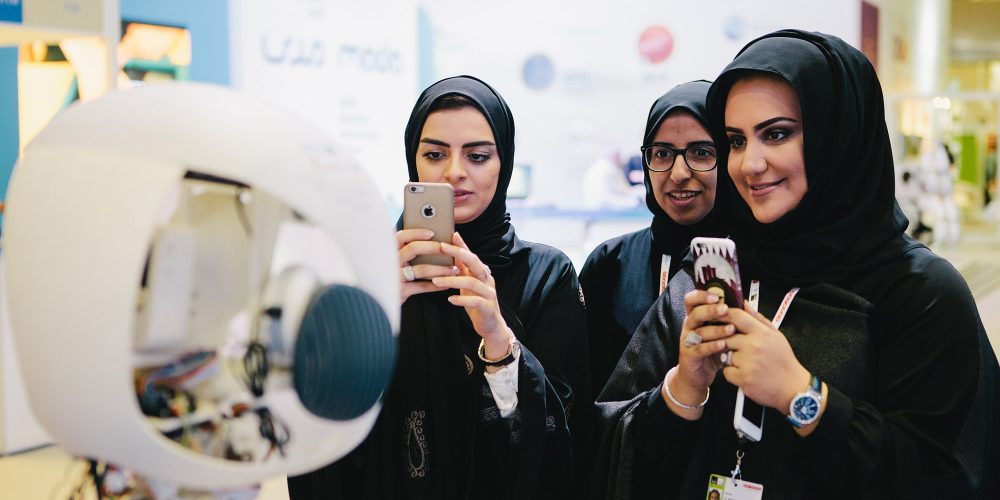
This was the ITU Telecom World 2014
The annual ITU Telecom World took place December 7-10 in Doha, the capital of Qatar. Held at a different venue each year, ITU Telecom provides a global platform for debate and scientific exchange at the highest level in the field of information & communications technology.
-
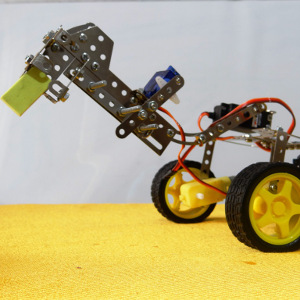
The Art of applying Physics
During ITU Telecom World 2014 Mohammed A. ElRaffie offered workshops for building the world’s simplest robots. The participants experienced for the first time how inspiring their everyday surrounding can be and how simple it is to use commonplace stuff as components to build something new.
-
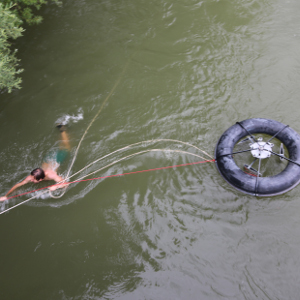
Mobile Hydroelectric Power
One of the creative, future-oriented projects presented in “The Lab” is Rotor, a moderately priced, small, mobile power plant that delivers a “plug-and-play,” instant solution to the problem of providing electricity to regions beyond the grid.
-
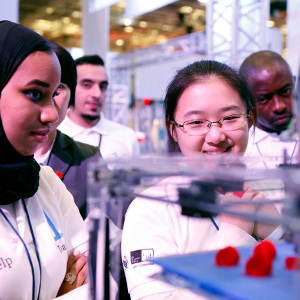
The Lab
On Sunday, December 7 2014, this year’s ITU Telecom World 2014 started in Doha. In the context of an open laboratory situation Ars Electronica Linz and ITU Telecom World 2014 present “The Lab”.
-
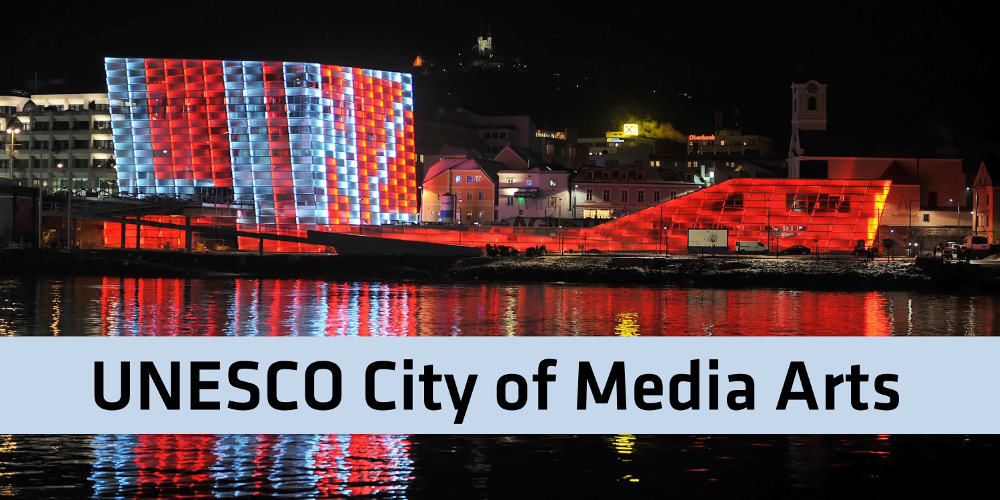
Linz Has Been Named UNESCO City of Media Arts
On December 1, 2014 Linz was incorporated as the City of Media Arts in the Creative Cities Network of UNESCO. We chatted with one of the driving forces behind the effort to bring this about.
-
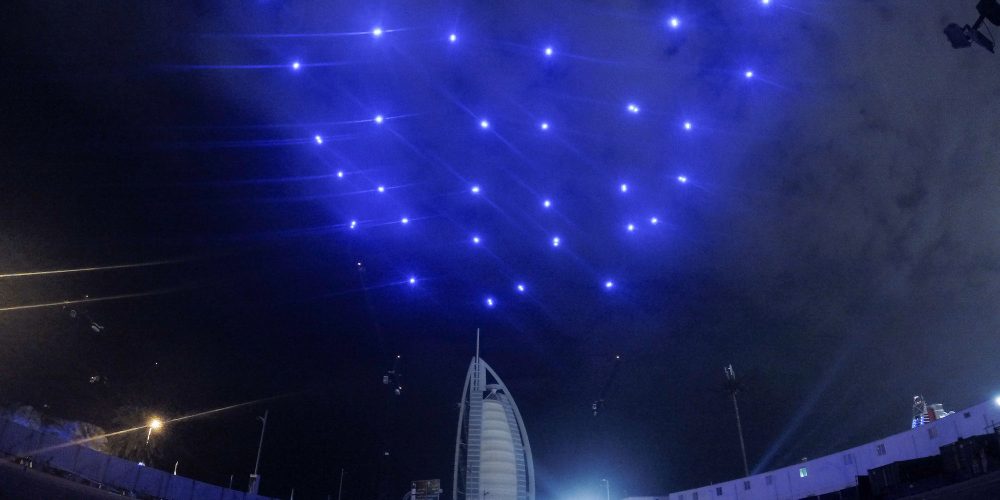
Spaxels in Dubai
Accompany the Ars Electronica Futurelab crew on a business trip to Dubai. At a spectacular nighttime event staged to celebrate the United Arab Emirates’ 43rd National Day on December 1, 2014, the Spaxels, a swarm of LED-equipped quadcopters, got a very enthusiastic reception.
-
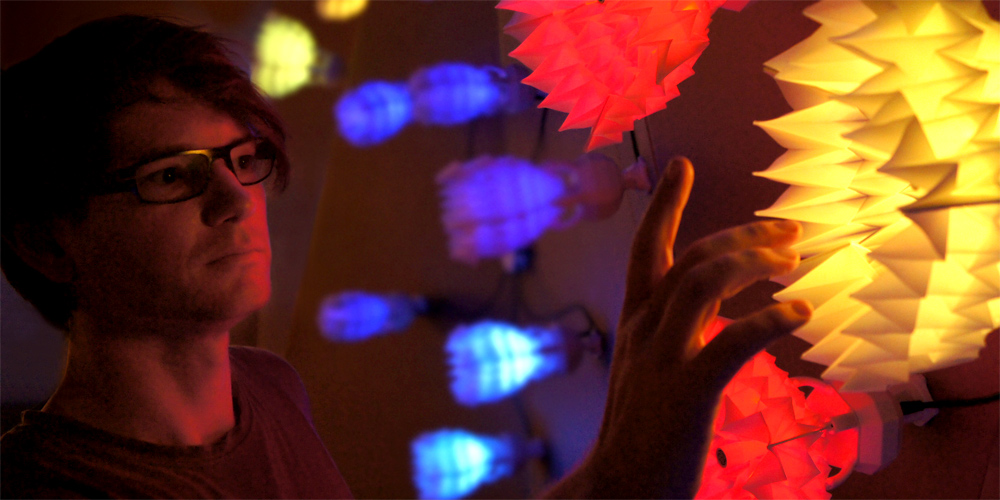
Unfolding Creativity
Paper isn’t the only thing that can be folded. This is the message Matthew Gardiner, artist and team member of Ars Electronica Futurelab, wants to convey. In an interview, he explains why we’ll soon be dealing quite a bit more with folding things.
-
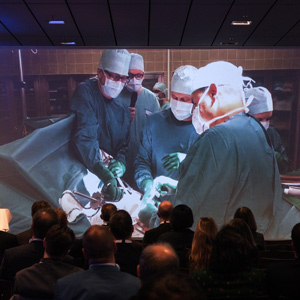
From Operating Room to Conference Hall
A very special highlight kicked off this international surgical congress: Operations being performed simultaneously at three ORs at Linz’s Krankenhaus der Barmherzigen Schwestern (Hospital of the Sisters of Mercy) were broadcast directly to the Ars Electronica Center.
-
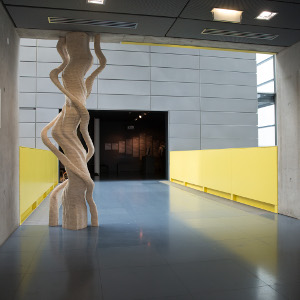
Truths unveiled by time
“Truths unveiled by time”, as Daniel Crooks also likes to call his “Real Imaginary Objects” were shown at the Ars Electronica Festival. For the festival he even created a room-high sculpture out of plywood.
-
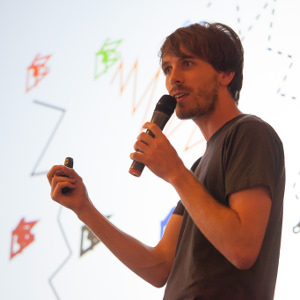
The proximity of science and art
Dr. Tom Melia, theoretical particle physicist at CERN talks about the inspiration he got by the cooperation with the Collide@CERN residency winner Ryoji Ikeda and about what it means to him to be Ikedas inspiration partner.
-
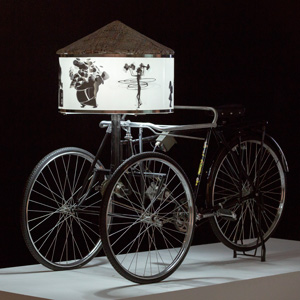
Looking forward with Fake History Machines
Do you remember when movies were run on bicycles? Meet the artist Scott Hessels in this interview about his Device Art that can be seen at the Ars Electronica Center.
-
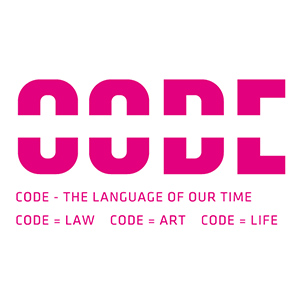
CODE – The Language of Our Time
“The more powerful this technology and the machines are, the more powerful is also the code that drives these machines”. Gerfried Stocker talks about the relationship between code and art.
-
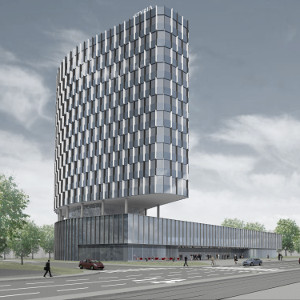
Styriaversum: An Interactive Lobby
Ars Electronica Solutions’ “Styriaversum” concept outshone a field of international competitors and was selected for the makeover of the 390-m2 lobby at Styria Media Group AG’s headquarters into an interactive brandland.
